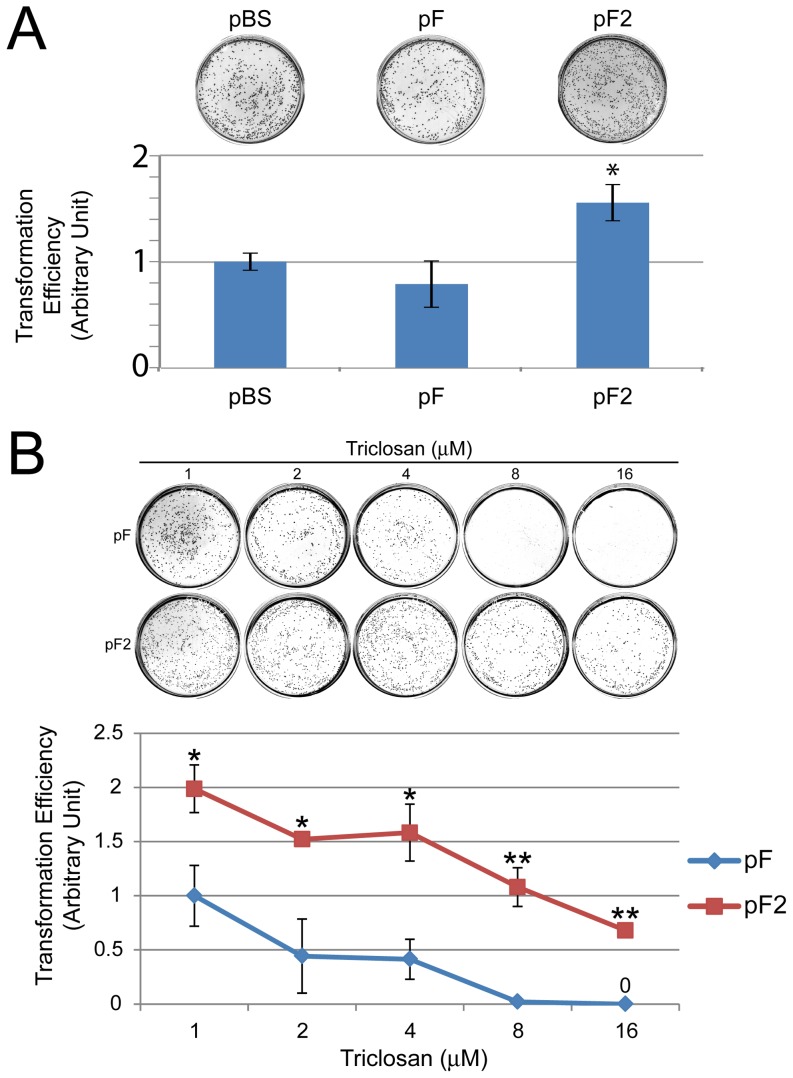Figure 4. Superior transformation efficiency and robust triclosan resistance of mfabI.
(A) pF2 has a higher transformation efficiency than that of pBS and pF. Equal amounts of plasmid DNA were used to transform DH10B cells, which were then plated on 100 µg/ml ampicillin (for pBS-transformed cells) or 1 µM triclosan plate (for pF and pF2-transformed cells). Transformation efficiency of each plasmid was normalized to that of pBS. Data were collected from three independent replicates (N = 3). pF2 had significantly higher transformation efficiency than that of pBS. (B) More robust triclosan resistance with mfabI plasmid than that with fabI plasmid. DH10B cells were transformed by pF or pF2 and plated with different concentrations of triclosan. Transformation efficiency of each plasmid at each concentration was normalized to that of pF2 at 1 µM triclosan. The graph is generated with data from three independent replicates (N = 3). pF2 shows significantly higher transformation efficiency than that of pF at each concentration tested. *: p<0.05 **: p<0.01 in two-tailed, paired t-test. Error bars show standard deviations.

